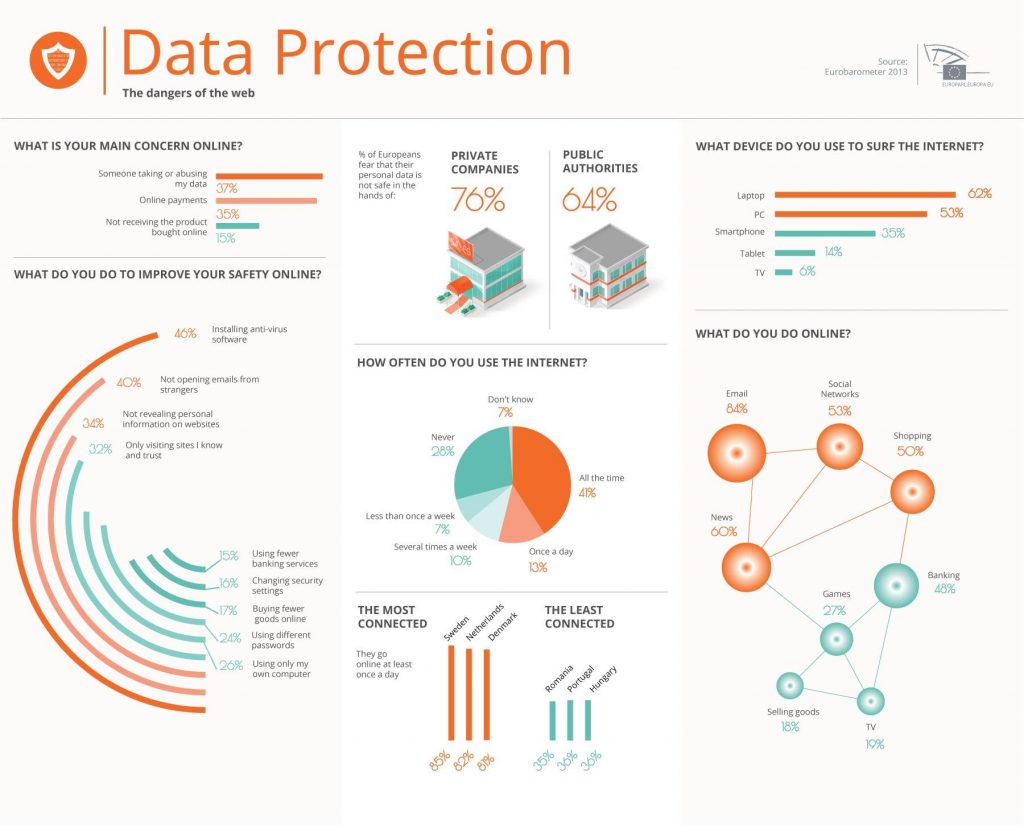In today’s digital world, data has become one of the most valuable assets for businesses, organizations, and individuals alike. The rise of cyber threats and data breaches has made data protection more critical than ever. A robust data protection strategy is essential to safeguard sensitive information, maintain customer trust, and comply with regulatory requirements. This blog will explore the key components of an effective data protection strategy and best practices to implement. Additionally, we will highlight how NetFella is leading the charge in data protection.
Key Components of a Data Protection Strategy
- Data Classification and Inventory
- Understanding what data you have and where it resides is the first step in data protection. Classify data based on its sensitivity and importance to your organization.
- Regularly update the data inventory to ensure accuracy and completeness.
- Access Control and Identity Management
- Implement strict access controls to ensure that only authorized personnel can access sensitive data.
- Use identity management systems to authenticate and manage user identities and privileges.
- Data Encryption
- Encrypt data both at rest and in transit to protect it from unauthorized access and breaches.
- Use strong encryption standards and regularly update encryption keys.
- Data Masking and Anonymization
- Apply data masking techniques to hide sensitive information in non-production environments.
- Use anonymization to remove personally identifiable information (PII) from datasets used for analysis.
- Regular Audits and Monitoring
- Conduct regular security audits to identify vulnerabilities and ensure compliance with data protection policies.
- Implement continuous monitoring to detect and respond to security incidents in real time.
- Data Backup and Recovery
- Establish a comprehensive data backup strategy to ensure data can be restored in the event of a loss.
- Regularly test backup and recovery processes to ensure they work effectively.
- Employee Training and Awareness
- Educate employees about data protection best practices and the importance of safeguarding sensitive information.
- Conduct regular training sessions and updates to keep employees informed about the latest threats and policies.
- Incident Response Plan
- Develop and maintain an incident response plan to address data breaches and security incidents promptly.
- Regularly test and update the plan to ensure it is effective in mitigating the impact of data breaches.

Best Practices for Data Protection
- Adopt a Zero Trust Model
- Assume that threats can come from both inside and outside the organization. Verify every access request and continuously monitor for suspicious activity.
- Implement Multi-Factor Authentication (MFA)
- Use MFA to add an extra layer of security for accessing sensitive data and systems.
- Regularly Update and Patch Systems
- Keep all software, applications, and systems up to date with the latest security patches to prevent vulnerabilities.
- Utilize Data Loss Prevention (DLP) Tools
- Implement DLP tools to monitor and control data transfers, preventing unauthorized data leaks.
- Comply with Regulatory Standards
- Ensure compliance with data protection regulations such as GDPR, CCPA, and HIPAA. Regularly review and update policies to align with regulatory changes.
How NetFella is Enhancing Data Protection
NetFella is at the forefront of data protection, providing innovative solutions to safeguard sensitive information. Here’s how NetFella addresses the key components of data protection:
- Comprehensive Data Classification
- NetFella’s advanced data classification tools automatically identify and categorize data based on sensitivity, ensuring accurate data inventory and protection.
- Robust Access Control
- With NetFella’s identity management system, access to data is tightly controlled and monitored, ensuring that only authorized users can access sensitive information.
- Advanced Encryption Techniques
- NetFella employs state-of-the-art encryption standards for data at rest and in transit, providing robust protection against unauthorized access.
- Effective Data Masking and Anonymization
- NetFella’s data masking and anonymization tools ensure that sensitive information is protected in non-production environments and during data analysis.
- Continuous Monitoring and Auditing
- NetFella offers real-time monitoring and regular security audits to detect and respond to security threats promptly.
- Reliable Data Backup and Recovery
- NetFella provides comprehensive backup solutions and regularly tests recovery processes to ensure data can be restored quickly and effectively.
- Employee Training Programs
- NetFella conducts ongoing training and awareness programs to educate employees about data protection best practices and emerging threats.
- Proactive Incident Response
- NetFella has a well-defined incident response plan, regularly tested and updated to ensure swift action in the event of a data breach.

Conclusion
A robust data protection strategy is crucial for safeguarding sensitive information in today’s digital age. By implementing key components such as data classification, access control, encryption, and regular monitoring, organizations can effectively protect their data. Best practices like adopting a zero trust model and complying with regulatory standards further enhance data security. NetFella stands out as a leader in data protection, offering comprehensive solutions that address every aspect of data security, ensuring that sensitive information remains safe and secure.
